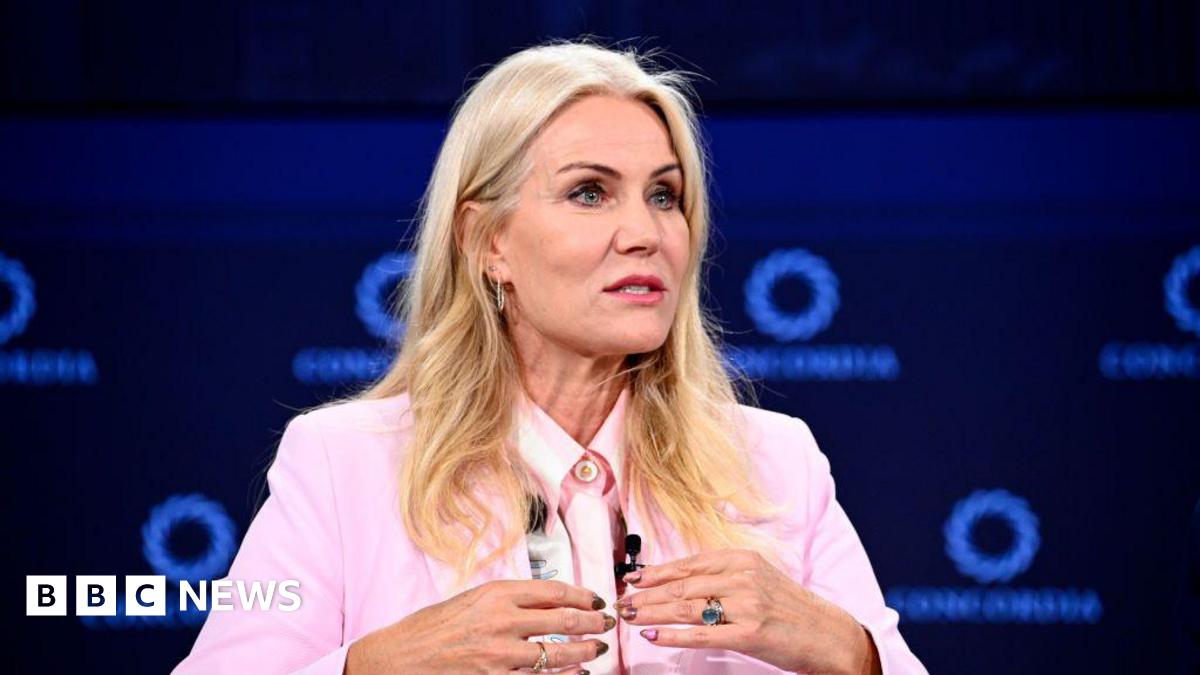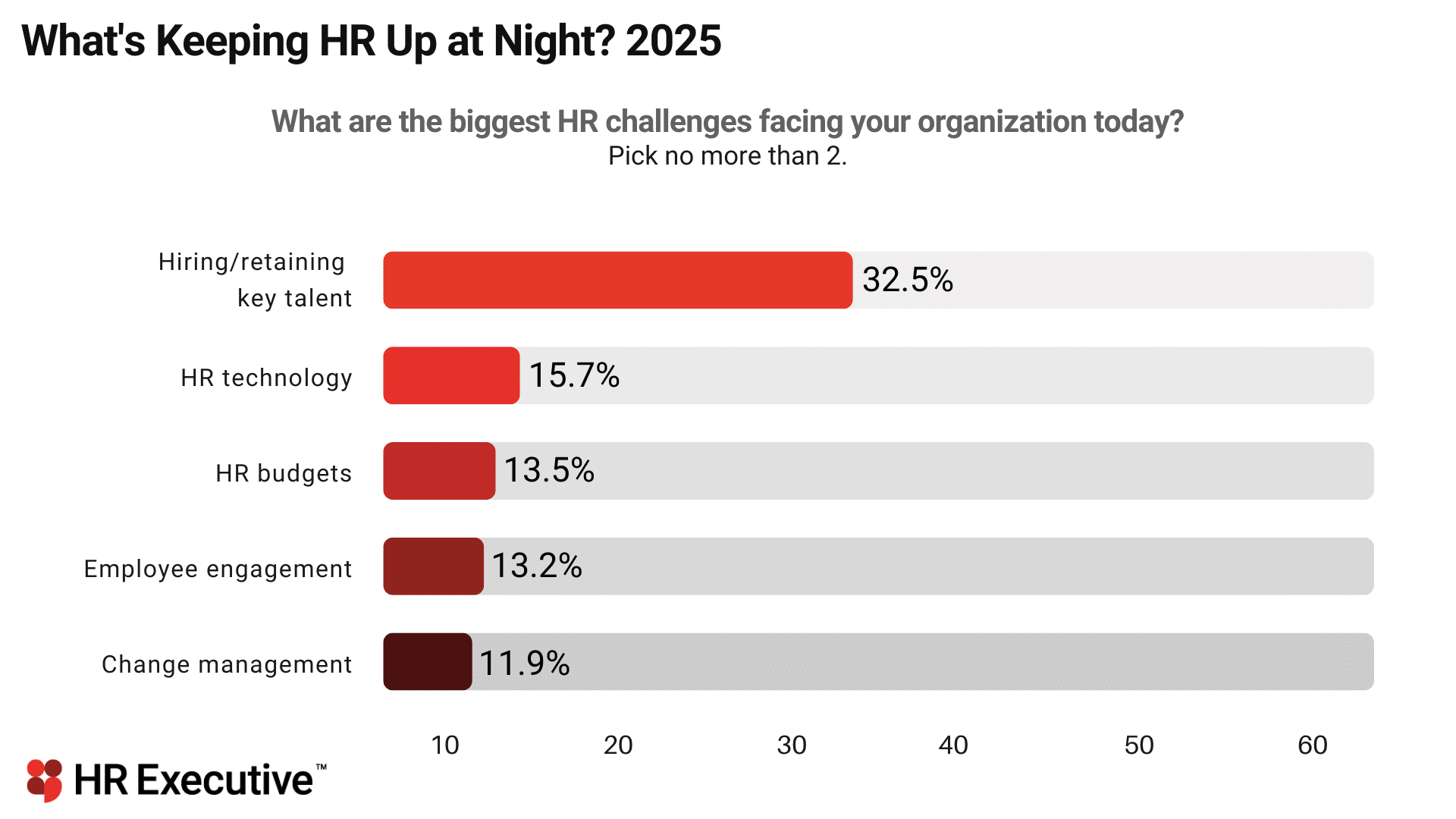The Treasury Department and the Internal Revenue Service have released
The 48E(h) program expands the 48(e) bonus credit designed to lower home energy costs and accelerate clean energy investments in low-income communities and helping low-income households, on Indian Land, or as part of affordable housing developments. A
Approved applications for the tax credit are expected to generate $3.5 billion in investments in low-income communities and on Indian Lands and are estimated to generate $270 million in offset energy costs annually. During the second year of the 48(e) program, the program received over 57,000 applications, totaling over 1.9 gigawatts of clean energy generation.
The approved applications are also expected to generate approximately $4 billion in public and private investment into communities and almost $350 million in offset energy costs annually.
The rules released Wednesday highlight the expanded list of program-eligible technologies beyond wind and solar to zero-emissions technologies like hydropower and geothermal. The full set of program-eligible facilities and how that list will be updated in the future is defined in the Section 48E Clean Electricity Investment Credit
“Expanding the Clean Electricity Low-Income Communities Bonus Credit will help lower energy costs in communities that have been overlooked and left out for too long and empower developers to work alongside communities to provide tailored solutions to meet their energy and economic needs,” said U.S. Deputy Secretary of the Treasury Wally Adeyemo in a statement Wednesday. “The final rules announced today will help ensure that all Americans benefit from the growth of the clean energy economy.”
The 48E(h) program will allocate bonuses to 1.8 gigawatts of clean electricity generation serving low-income communities each year, from 2025 through at least 2032. For the 2025 Program Year, the application period will open on Jan. 16, 2025 at 9:00 a.m. ET and close on Aug. 1, 2025 at 11:59 p.m. ET. For the 2026 Program Year and subsequent program years, the application period will open the first Monday of February at 9:00 a.m. ET and close the first Friday of August at 11:59 p.m. ET.
The final rules announced Wednesday make some notable changes from the 48(e) program, including changes due to the statutory transition to the 48E Clean Electricity Investment Credit along with incorporation of feedback received through public comment and lessons learned from previous years. The final rules highlight the list of eligible facilities defined in the updated 48E Clean Electricity Investment Tax Credit regulations from solar and wind to also include facilities that utilize zero-emission technologies like hydropower, marine and hydrokinetic, geothermal and nuclear.
The final rules clarify eligibility requirements for some of the main categories, including expanding the list of housing programs that are eligible to participate as a qualified low-income residential building project and clarifying the financial value that certain projects must provide to low-income households.
The final rules also offer a pathway for emerging clean energy businesses to receive priority in applying for the program.
The guidance released by the Treasury outlines the annual capacity limitation available for allocation, divided across the four facility categories. For the 2025 program year, around 174,243 kilowatts (DC) are being carried over from previous program years and distributed evenly between the four categories. Individuals interested in learning more about the program or submitting an application should visit the program’s landing page on the IRS website
Credit: Source link











